Anthurium treatment for anthracnose
Anthurium anthracnose belongs to the group of fungal diseases and most often develops due to improper care. To save an infected flower, action should be taken as soon as symptoms appear.
A correct diagnosis is half the success in treating a disease, so it is important to recognize the symptoms. If you start treatment in the early stages of the disease, anthracnose can be dealt with.
The causative agent of the disease, associated conditions
Most summer residents are familiar with anthracnose; this disease often affects garden and horticultural crops:
- cucumbers,
- tomatoes,
- pumpkin,
- raspberries,
- cherries
- currants.
Anthracnose spores are carried by wind, rain, insects. For some time now, the disease began to affect domestic plants. The fungus is very fond of a warm, humid environment and actively reproduces in it.
If the room temperature is + 27–29 ° C and the humidity level is high, the risk of an anthracnose outbreak increases many times.
The causative agent of the disease is Colletotrichum orbiculare, a representative of Ascomycetes (imperfect marsupial fungi). The parasite easily adapts to changes in the environment, under unfavorable conditions it is able to switch to other types of food. This is the reason for the wide distribution of anthracnose. Translated from English, the root of the name of the disease means "coal" - in full accordance with the symptoms, because the leaf tissue affected by anthracnose, at the final stage, looks as if it is powdered with coal dust.
Often the fungus of this species does not act alone, but together with two other varieties of marsupial mushrooms:
- Colletotrichum trichellum,
- Kabatiella zeae.
Not only leaves, but also anthurium stems can be affected. That is why it is necessary to use systemic fungicides that are capable of destroying infection in various plant tissues. The spores of the fungi that cause anthracnose are very tenacious and do not die when the seeds and soil are frozen.
Infection symptoms
Symptoms of anthracnose anthurium begin to appear when the air humidity is 95–99% and temperatures above + 20 ° C.
The development of the disease on a flower is as follows:
- At spore germination sites, solitary dark spots may be seen shortly after infection.
- Then, in their place, small brown spots with a yellowish or pink border are formed. Arising at the edges of the leaf plates, they increase in size and quantity over time.
- Patches of dead tissue grow, moving towards the central foliage. Holes are formed in the center of the spots.
- If untreated, the lesion progresses, the stems may become ulcerated, cracked.
The plant becomes weakened. The process of photosynthesis is reduced. The conductivity of the vessels is disrupted - some of them are cut, some are clogged with threadlike formations that feed the mycelium. As a result, the stems and roots dry out.
Symptoms can vary depending on the type of specific pathogen:
- At the site of the lesion of Kabatiella zeae, small dark spots surrounded by a gray rim will be visible.
- If Colletotrichum trichellum settled on Anthurium, it will manifest itself by the appearance of characteristic gray pads, the surface of which is dotted with small black villi (these formations contain spores).
In the end, the diseased plant becomes unviable.
The best thing is prevention
Inferior fungi spread very quickly. They penetrate the soil, where they can live for a long time, and infect the plants in the vicinity.Instead of waging a stubborn fight against the pathogen, it is better to take measures to prevent the problem.
Anthurium has a genetic predisposition to anthracnose. And if nothing can be done with this factor, then other reasons contributing to the appearance of the disease can be excluded:
- keeping in conditions of high temperature and humidity, frequent spraying;
- deficiency of phosphorus, potassium and other elements in the soil;
- exposure to adverse factors that reduce immunity;
- weakening due to improper transplant;
- mechanical damage to leaves;
- pest attack.
Favorable conditions should be created for the flower:
- observe a suitable temperature regime (+ 18-22 ° C);
- regularly ventilate the room without creating drafts;
- transplant anthurium in a timely manner by transferring it into the nutrient soil;
- fight pests that have appeared.
Wipe the leaves gently without damaging and using a soft damp cloth. It is not necessary to spray anthurium, its dense leaves do not need it.
If the plants are taken to the garden for the summer, upon returning home, they must be sprayed with a fungicidal solution for preventive purposes:
- "Previkura",
- "Oxychoma",
- Bordeaux liquid
- copper oxychloride.
When buying flowers for your collection, you need to inspect them to make sure there are no symptoms of disease. At home, the newly acquired plant must go through a week's quarantine, that is, be isolated from the rest.
Fungus spores can enter the apartment along with contaminated soil. That is why, having brought the soil for planting plants from the forest or vegetable garden, it must be disinfected by steaming in an oven or microwave. Some disinfect the soil by spilling it with a hot solution of light pink potassium permanganate.
In untreated soil, the anthracnose pathogen can exist for 5 years, feeding on various organic residues. As soon as a flower is planted in this soil, the parasitic fungus will begin to eat the plant. Purchased soil is usually processed in production.
How to start fighting a fungus?
The fight against anthracnose begins with the fact that all affected leaves are removed from the anthurium. Then the flower is transplanted into fresh disinfected soil. If the same pot is to be used, it is thoroughly washed and disinfected in any way. The roots of the flower are cleaned of old soil and washed in a solution of potassium permanganate. After transplanting, watering is reduced to a minimum.
For the period of treatment, the infected anthurium should be rearranged away from other indoor plants. If this is not possible, the flower is fenced off on the window with a screen or covered with a transparent plastic bag.
When starting treatment, you must follow the scheme recommended by the manufacturer of the drug, otherwise the disease will return.
Application of fungicides
Treatment of the disease with folk remedies is ineffective. To combat anthracnose, antifungal drugs are used - fungicides.
Fungicides have different levels of toxicity, but even when using drugs of the third hazard class, you must observe precautions: use gloves, a mask and goggles. After processing, it is imperative to ventilate the room. In the warm season, it is better to spray the flower on the street, and then bring it into the house.
For the treatment of the initial stage of anthracnose used:
- "Kuproksat",
- "Oxyhom"
- "Abiga Peak",
- "Acrobat MC",
- "Previkur".
You can use environmentally friendly biological products:
- "Fitosporin-M",
- "Gamair".
If the disease could not be recognized in time and it is started, it is recommended to use more powerful means:
- Ridomil Gold,
- "Fast",
- Fundazol.
The dosage and frequency of application of a particular drug are indicated in the instructions, which must be strictly observed. If you do not complete the full cycle of treatment, the fungus will develop from the remaining spores.Usually 2-3 treatments are required with a break per week.
Fungus and pests
On the anthurium, harmful insects can parasitize, which most often enter the apartment with purchased plants or make an attack when flowers are taken out into the open air in the summer. In the conditions of an apartment, pests begin to multiply and in a short time capture the entire flower collection.
The plants sold in the store are grown in greenhouse conditions at high temperature and humidity - this environment is ideal for the reproduction of anthracnose pathogens. And pests are able to spread the spores of the fungus, settling on flowers. In addition to anthracnose, insects can carry a number of other dangerous diseases.
On anthurium, parasites are:
- Aphid. Insects are small in size, living in whole colonies on the underside of leaves. The pest makes punctures in the leaf tissue and sucks out the plant sap. The presence of aphids can be noticed by the appearance of a sticky discharge. Anthurium stops growing, is in a depressed state. With a slight infection, rubbing the leaves of anthurium with a soapy solution prepared from 30 g of grated laundry soap and 1 liter of water will help. In case of a large accumulation of aphids, anthurium is sprayed with kerosene or industrial insecticides are used: "Commander", Fitoverm, "Aktaru", "Iskra", "Akarin".
- Shield. A flat insect, the body of which is covered with a protective brown shell. The shields are immobile and are about 4 mm in size, due to which they are easy to find. In addition to them, anthurium attacks a related pest - a false shield. Control measures in both cases are the same: first, the pests are cleaned off the leaves with a cotton pad or an old toothbrush, then the treatment is carried out with "Confidor", "Bankol" or "Biotlin". Insecticides penetrate plant tissues and poison the scabbard. To obtain a guaranteed effect, anthurium is sprayed twice.
- Thrips. Insects look like small flies and are capable of flying over considerable distances. The pest is resistant to insecticides, at the initial stage of infection it is difficult to detect it on the plant, therefore, the fight against it is difficult. Thrips carry not only fungal spores, but also many viruses. The infected anthurium is isolated before starting treatment. Then use any of the following insecticides: "Inta-Vir", "Iskra", "Fitoverm", "Aktellik", "Lightning", "Fufanon". Taking into account the development cycle of the pest, processing should be done 3-4 times with an interval of 4-5 days.
- Spider mite. The pest is microscopic, it takes a long time to remove it. In this case, a thin, light cobweb on different parts of the plant will be a sign of infection. Excessively dry air, heat, improper care of the flower, provoking a decrease in immunity, contribute to the reproduction of the tick. The tick weakens the plant so much that the anthurium can die. Fitoverm, Flumayt, Oberon, Aktellik, Akarin are used to destroy the pest.
- Whitefly. The insect is a small white butterfly with translucent wings. Its body length is only 2–3 mm. If you touch an infected plant, the pests begin to float around it in a light cloud. In addition to adults, larvae also cause harm. Insects leave traces of their vital activity on the leaves in the form of sticky spots. Anthurium weakened by the whitefly is an easy prey for the fungus. Such a plant is quarantined. Severely affected leaves are cut off, the flower is treated with Inta-Vir, Fufanon, Iskra or Biotlin.
If the drug used does not work, it must be replaced with another drug of similar action. Pests often develop resistance to poisons.
Anthurium must be properly looked after so that the plant's immune defense does not decrease. If preventive measures did not help and the flower fell ill with anthracnose, it is important to start treatment immediately.The main thing is not to let the process take its course, then the chances of saving the plant multiply.
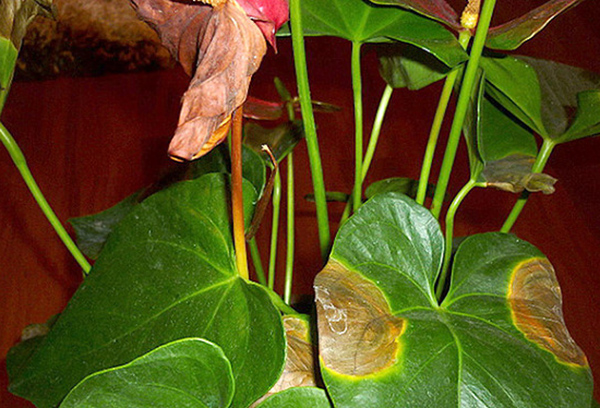

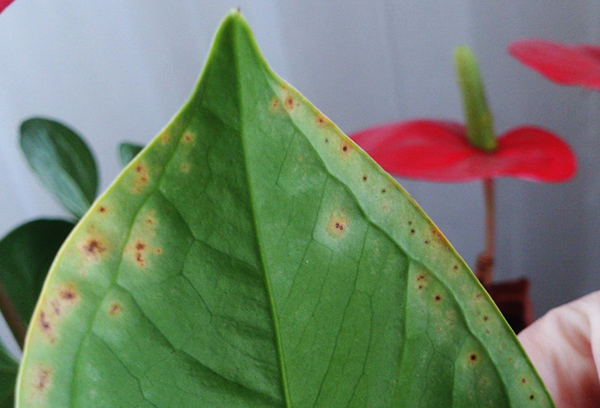
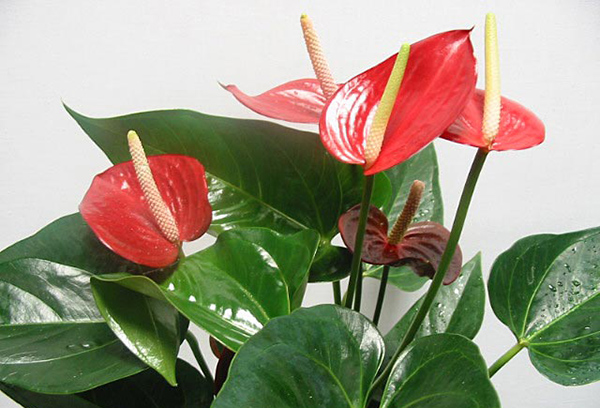

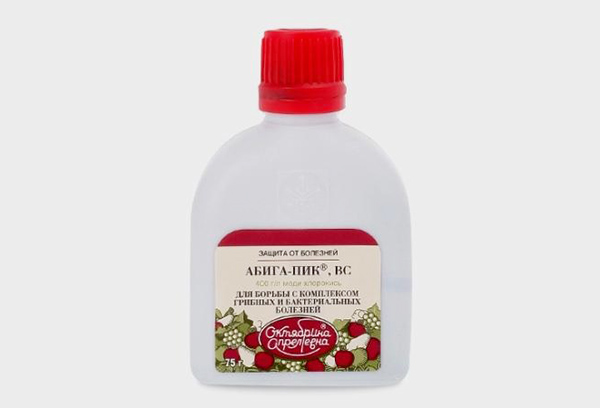
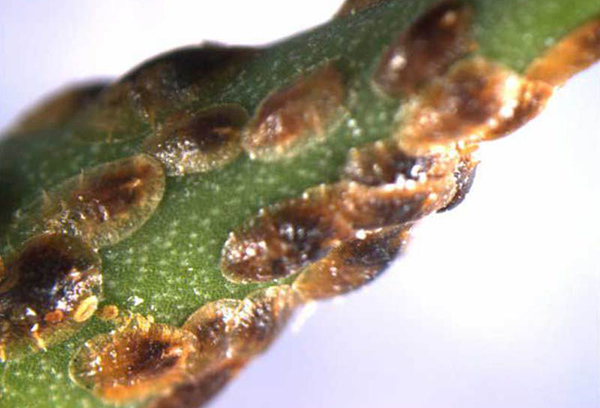
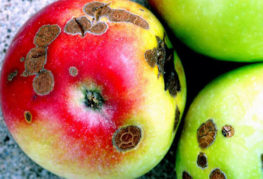
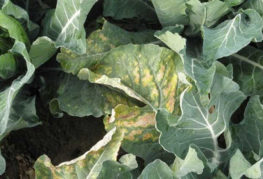
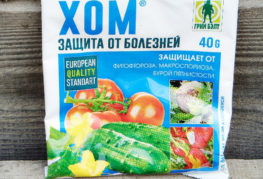
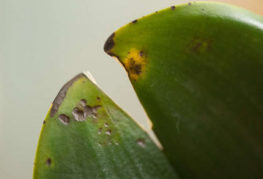
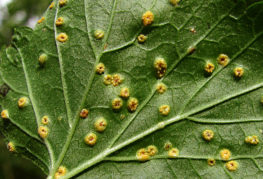
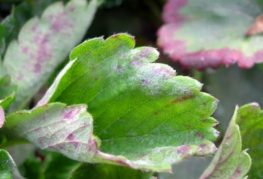
and will be published shortly.